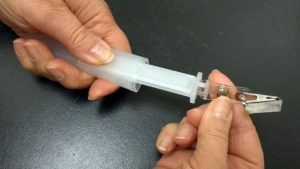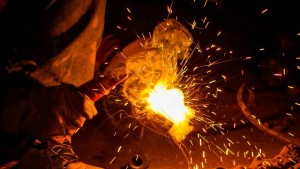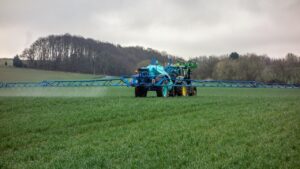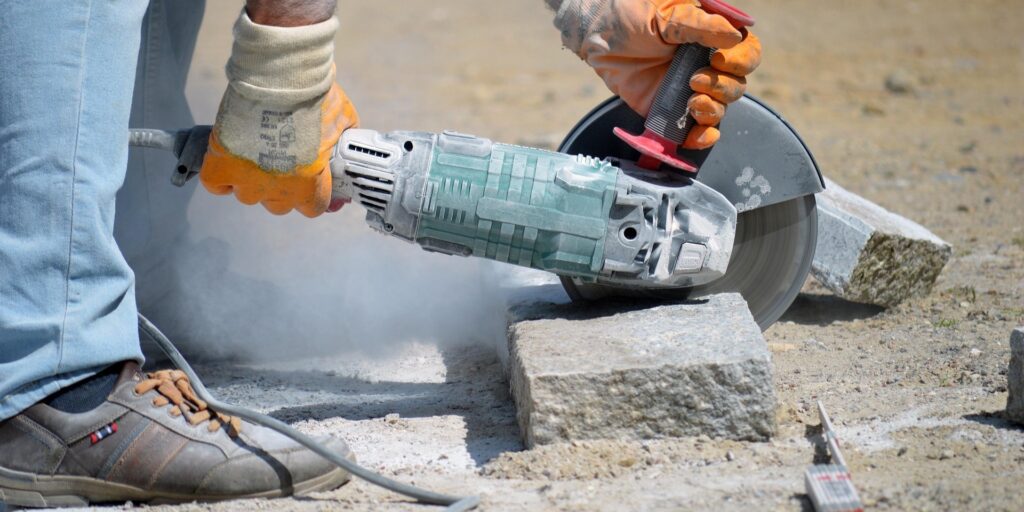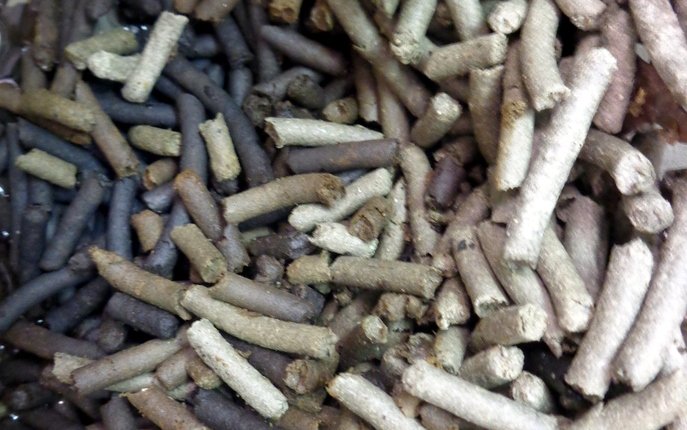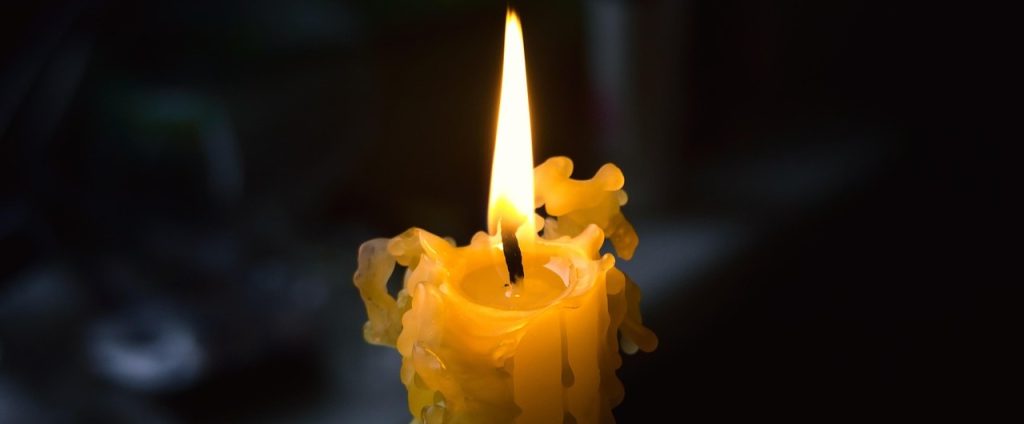 At LCS Laboratory Inc., we provide comprehensive air sampling kits, laboratory testing, and technical support for assessing indoor air quality (IAQ), particularly for lead dust at shooting ranges. Lead exposure in shooting ranges is a significant concern due to the high levels of toxic chemicals released during firearm discharge, posing health risks to shooters and staff.
At LCS Laboratory Inc., we provide comprehensive air sampling kits, laboratory testing, and technical support for assessing indoor air quality (IAQ), particularly for lead dust at shooting ranges. Lead exposure in shooting ranges is a significant concern due to the high levels of toxic chemicals released during firearm discharge, posing health risks to shooters and staff.
The Risks of Lead Exposure in Shooting Ranges
When one shoots a firearm various gases are released in very close proximity to the shooter’s face. Those include lead, copper, alkaline dust, oxides of carbon, sulfur, and nitrogen. Among these, lead is the most hazardous due to its low exposure limits and its ability to accumulate in the body over time.
Depending on how much time you are spending at the shooting range, various regulatory guidelines apply to you:
- Occasional shooter: 0.300 mg/m³: Short-Term Exposure Limit (STEL), 15 minutes per day (Ontario, 2013).
- Full-time shooting instructor who spends 8 hours a day at the range: 0.050 mg/m³: Time-Weighted Average (TWA) Limit, 8 hours/day, 5 days/week (Ontario, 2013).
- The environmental limit for clean air: 0.0015 mg/m³: EPA Clean Air Criteria (USA).
For full-time staff, lead dust levels exceeding 0.050 mg/m³ over an 8-hour workday are unacceptable and demand immediate remediation, such as improved ventilation. Hobby shooters should still aim for air quality within acceptable limits and treat results exceeding EPA standards as a warning to monitor regularly.
Conducting Air Sampling
Plan Your Sampling Strategy
Before contacting us, determine how many samples you need to collect. A typical project includes:
- Line-of-fire samples: Measure lead exposure at shooting positions.
- Upwind and downwind samples: Assess lead dust dispersion throughout the range.
- Adjacent room samples: Evaluate lead contamination in nearby areas.
- Duration of Sampling: Depending on the purpose of the study, the sampling can take anywhere from 1-2 hours to 8 hours to complete
How LCS Laboratory Supports You
We provide:
- Pre-calibrated sampling equipment: Portable pumps and easy-to-use cassettes.
- Comprehensive testing: Accurate laboratory analysis of collected samples using NIOSH 7301 laboratory procedure.
- Technical expertise: Guidance on sample collection and interpretation of results.
- Training: We will teach you over Zoom how to collect the samples.
Once you collect the samples, return the equipment promptly for analysis. Our team will provide detailed reports to help you understand lead levels and make informed decisions about ventilation and safety improvements.
The total cost for air sampling and analysis typically ranges from $400 to $1000, depending on the number of samples and the complexity of the project.
To ensure the safety of your shooting range, contact us today to discuss your project, schedule a sampling date, or request a quote.


